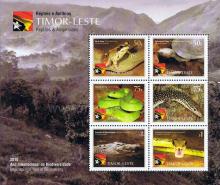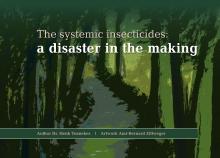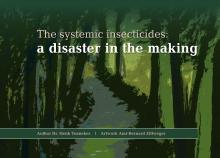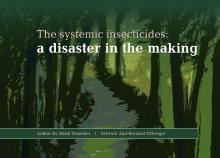Chytridiomycosis: A Key Example of the Global Phenomenon of Wildlife Emerging Infectious Diseases
During the latter half of the 20th century, it was noticed that global amphibian populations had entered a state of unusually rapid decline. Hundreds of species have since become categorized as “missing” or “lost,” a growing number of which are now believed extinct. Amphibians are often regarded as environmental indicator species because of their highly permeable skin and biphasic life cycles, during which most species inhabit aquatic zones as larvae and as adults become semi or wholly terrestrial. This means their overall health is closely tied to that of the landscape.










